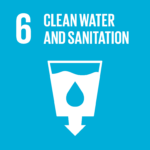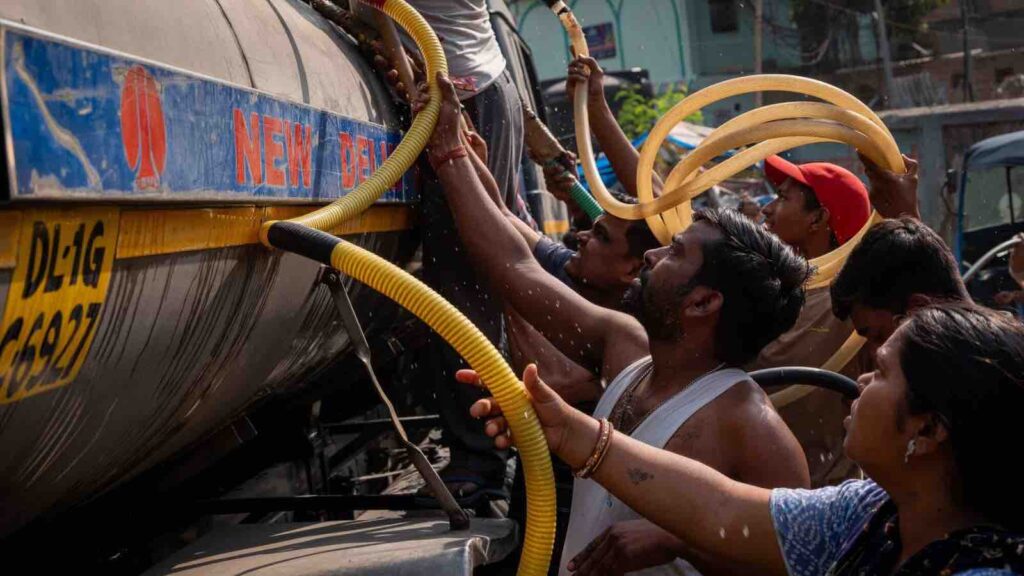The Brihanmumbai Municipal Corporation, which oversees Mumbai’s water system, announced over the weekend that mandatory 5 percent cuts in the city’s water supply would take effect starting Tuesday, escalating to 10 percent cuts beginning June 5.
Mumbai, India — After a year of scant rainfall, India’s maximum city is confronting a punishing water shortage that is prompting officials to ration supplies and urge residents to cut consumption until the annual monsoon replenishes reservoirs in the coming months.
RELEVANT SUSTAINABLE GOALS



The Brihanmumbai Municipal Corporation, which oversees Mumbai’s water system, announced over the weekend that mandatory 5 percent cuts in the city’s water supply would take effect starting Tuesday, escalating to 10 percent cuts beginning June 5. The measures will also impact water allotments to surrounding areas like Thane and Bhiwandi.
Mumbai’s water crisis
The drastic steps reflect the severity of Mumbai’s water crisis. As of late May, the catchment lakes that supply the city of over 20 million people held just 10 percent of the total water stocks required to meet demand for the year, municipal data shows.
“We have no choice but to start capping supply now to ensure we can stretch our limited reserves as long as possible until seasonal rains arrive,” said Bhushan Gagrani, the municipal commissioner leading Mumbai’s water management efforts.
For India’s densely populated financial and entertainment capital, famed worldwide for its coastal sprawl of skyscrapers and slums, the impending cuts mark an ignominious return to the tap closures and tanker truck lines that became routine scenes during past droughts.
While the city has worked over recent decades to expand rainwater harvesting, recycling and other conservation measures, those efforts have proved insufficient in the face of an increasingly hotter and more arid climate. In October, lower than expected rainfall left the city starting this dry season with 5 percent less reservoir storage than years prior.


